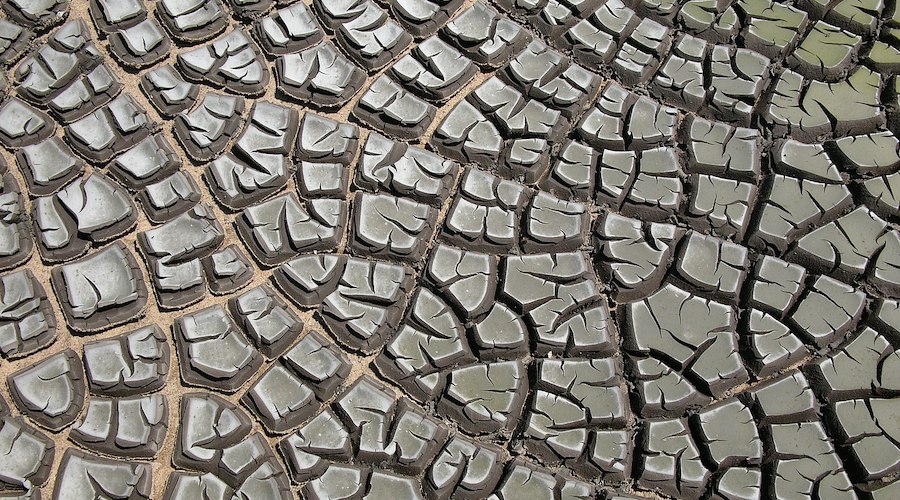
Researchers at Hokkaido University have developed a method to recover phosphorus from sewage sludge ash, which remains after the sludge has been burned for electric power generation.
In a paper published in the journal Resources, Conservation and Recycling, the scientists explain that existing methods to recover phosphorus from ash have significant problems, including chemical contamination requiring further purification and complicated expensive chemical processing.
Using previous investigations on ways to retrieve phosphorus and other elements such as calcium, magnesium and iron by heat treatment of sewage sludge, the Hokkaido scientists understood that the process of volatilization, in which different elements are selectively converted into gaseous forms, allowing them to be separated from the rest of the treated ash, could be a promising approach for recovering phosphorus in the form of heat-stable compounds.
Therefore, they decided to explore the volatilization behaviour of the different elements in sewage sludge ash under different chemical conditions, especially with and without carbon being added during a sludge treatment process involving chlorine.
This allowed them to develop an effective technique for separating useful phosphorus-containing compounds using a combination of chlorination steps with and without the presence of carbon.
“The method we developed can be implemented with lower energy requirements, lower CO2 emissions, and lower cost than conventional phosphorus recovery technologies from phosphate ores,” Yuuki Mochizuki, lead author of the paper, said in a media statement. “In our method, phosphorus is recovered in the valuable phosphorus chloride forms, which can also be converted to phosphoric acid by dissolution in water.”
Taking into account that in Japan, the total amount of phosphorus contained in secondary phosphorus resources such as steel slag, livestock manure, and sewage sludge is equivalent to about half of the total amount of phosphorus brought into the country, Mochizuki and his colleagues plan to study whether their technique could be used to reduce the need for phosphorus imports.